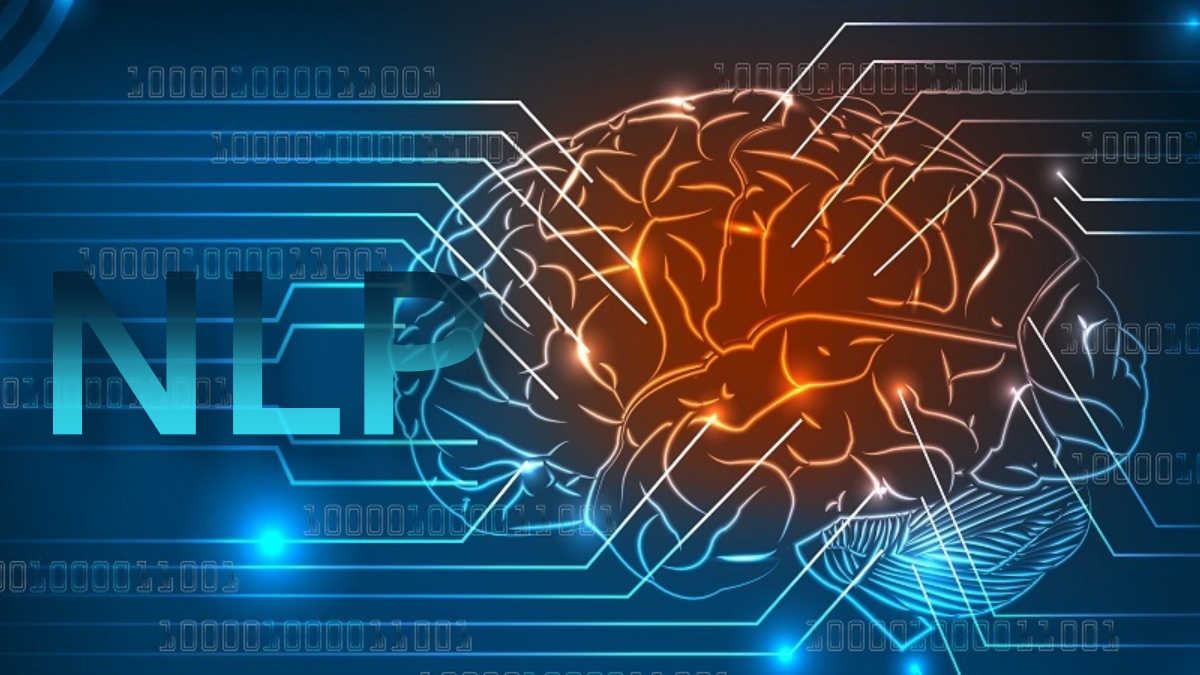Natural Language Processing (NLP) is a branch of artificial intelligence (AI) that allows computers to analyze and comprehend written and spoken human language. It provides software that generates and understands natural languages, allowing users to converse with computers in their natural language rather than programming or artificial languages like Java or C.
- Natural language processing (NLP) employs computer algorithms and artificial intelligence to enable computers to recognize and respond to human communication.
- While several NLP methods exist, they typically involve breaking speech or text into discrete sub-units and then comparing these to a database of how these units fit together based on past experience.
- Text-to-speech apps, which are now on most iOS and Android platforms, along with smart speakers like the Amazon Echo (Alexa) or Google Home, have become ubiquitous examples of NLP over the past few years.
Understanding Natural Language Processing (NLP)
Natural language processing (NLP) is one stage in a bigger objective for the technology industry. It employs artificial intelligence (AI) to make the world run more efficiently. For many businesses, the digital world has proven to be a game-changer as an increasingly tech-savvy population discovers new ways to communicate with one another and with businesses online.
The term “community” has been redefined by social media; cryptocurrency has transformed the digital payment standard; e-commerce has given new meaning to the term “convenient,” and cloud storage has given the masses access to a new degree of data storage.
Artificial intelligence (AI) technologies such as machine learning and deep learning are opening doors to a world of limitless possibilities. To make sense of massive data, machine learning is rapidly being employed in data analytics. It also creates chatbots that imitate human-to-human interactions with clients. These forward-thinking machine learning applications, however, would not be conceivable without the innovation of Natural Language Processing (NLP).

Stages of Natural Language Processing (NLP)
To process human or natural languages and speech, NLP blends AI with computational linguistics and computer science. The procedure has three stages. The initial job of NLP is to decipher the natural language that the computer receives. The computer performs a speech recognition procedure that translates natural English to programming language using a built-in statistical model. It accomplishes this by breaking down a current speech it hears into tiny pieces and comparing them to earlier speech units.
The words and sentences are the output or result in text format. The speech-to-text process is the name for the initial task.
The part-of-speech (POS) tagging or word-category disambiguation is the next step. Using a set of lexical rules coded into the computer, this technique detects words in their grammatical forms as nouns, verbs, adjectives, past tense, and so on. Following these two steps, the computer is likely to comprehend the meaning of the speech.
Text-to-speech conversion is the third step conducted by an NLP. The computer programming language is translated into an audio or textual representation for the user at this point. When given a query like “How is Google doing today?” a financial news chatbot will most likely search internet finance sites for Google stock. May choose to respond with merely price and volume information.
Special Considerations
NLP tries to make computers clever by tricking people into thinking they’re communicating with another person. Alan Turing proposed the Turing test in 1950. It claims that a computer can be completely intelligent if it can think and converse like a human without the human being realizing they are interacting with a machine.
In 2014, one computer—a chatbot with the persona of a 13-year-old boy—passed the test convincingly. This isn’t to imply that creating an intelligent machine is impossible. However it does highlight the challenges of getting a computer to think or communicate like a human. Because words can employ in a variety of circumstances and computers lack the real-world experience that people do with conveying and describing phenomena in words, it may be a while before the world fully abandons computer programming language.
Click here to read more useful and interesting articles.

